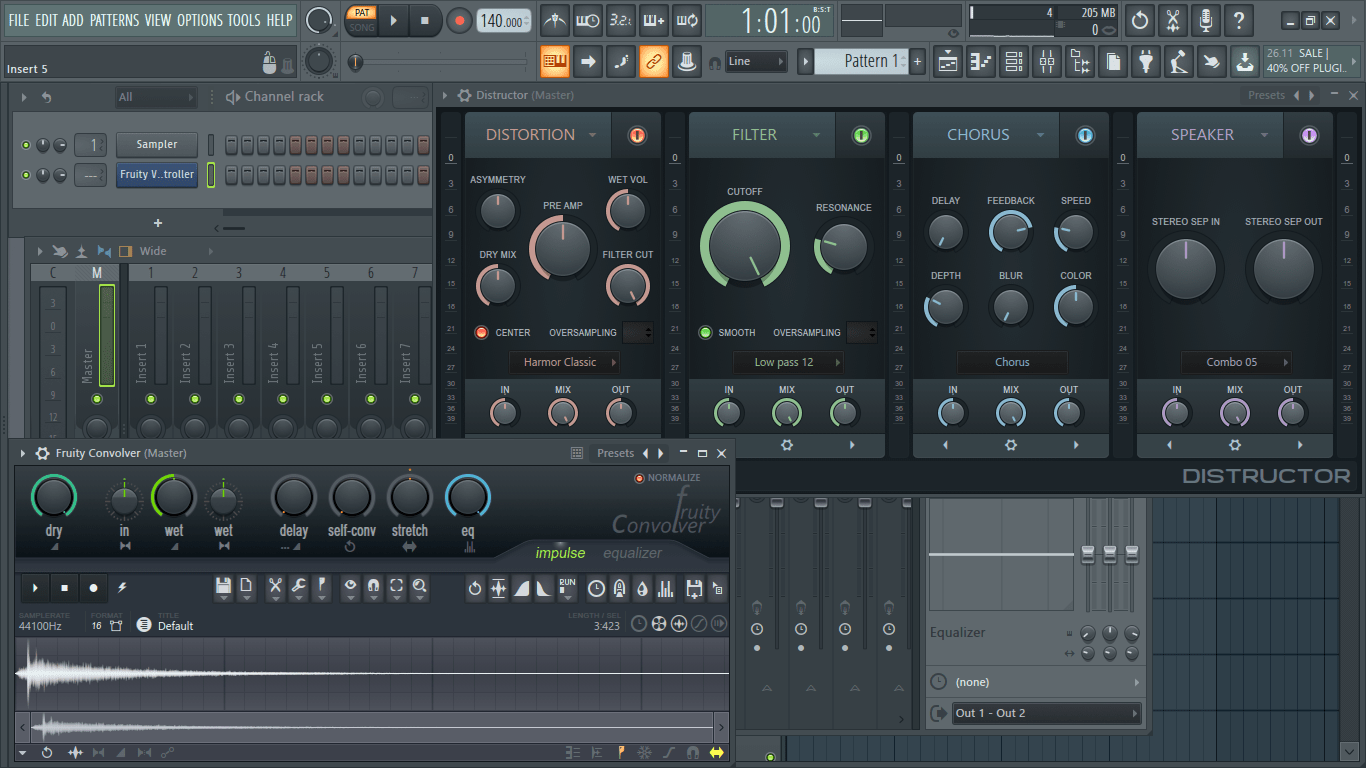

What you’ll want to avoid is having the speakers pump sound at strongly reflective surfaces in the front, that will reflect too much back to the listening position. Weaker, longer reflections-like from the back of the room-can provide enough overall ambience to make for a comfortable listening environment without too much interference.

But you do want to avoid strong, short reflections, that may produce excessive comb-filtering (tonal irregularities due to wave interference), which can muddy up the sound, for example, making it hard to tell exactly how much “room tone” is in the recording itself, and how much ambience and effects to add.
#What year was fl studio 7 free#
You don’t want your listening environment to be completely free of (mid/high-frequency) reflections-that would be an unnaturally dead-sounding room for working on music.

One of the most common flaws of small- or home-studio mixes is either too much or too little low end, or uneven bass, caused by EQing to compensate for irregularities that are unique only to the room and monitors in use during mixing. Many, if not most, monitors are designed to deliver the smoothest low-end response when placed at least a foot or two from the nearest room boundary (wall, floor, or ceiling), and while this free-standing placement, without reinforcement from room boundaries, won’t deliver as much thump, the bass that is present will be a more correct indication of the low-frequency energy that’s actually present in the recording, which is extremely important. But this room-enhanced bass will have an uneven frequency balance, and can trip you up when making critical decisions about low-end EQ, and the balance of key mix elements like kick drum and bass guitar. This can be a strong temptation to use this acoustic phenomenon (a function of standing waves) to provide some additional heft, especially from smaller (less than 8”) woofers. Most people have noticed that when a speaker of any size is placed against a wall, it’ll deliver stronger bass response. Yet I still sometimes come across people who apply their own “hype” to their monitors, via amp/preamp tone controls, or by cranking the bass and treble adjustments provided on the back of many powered speakers. If you make key decisions about level balance and EQ based on a pair of hyped-up speakers, that mix may sound good right there in that room, but it won’t sound like that anywhere else-in fact, it’ll likely sound lacking on other, less-hyped playback systems.įortunately, most speakers sold as studio monitors shoot for a (more desirable) neutral balance, capable of providing a proper reference for decision making. This can give music a more exciting quality, but it’s not what the mix actually sounds like. The sound of many consumer speakers is often “hyped”-this usually means that the bass and/or the treble (and maybe presence) frequencies are accentuated, for a punchier, brighter, more “in-your-face” tonal balance. The purpose of monitoring is not to promote a consistently enjoyable listening experience, but to reveal the truth about the sound of the recording or mix-good, bad, or ugly, what you hear through the monitors must reveal not only what sounds good, but more importantly, what’s wrong, and what needs to be fixed. However, this is not the goal for studio monitors. Avoid the HypeĬonsumer speakers are often designed to make everything played through them sound as good as possible. Here are 6 suggestions-things to avoid-to get the best results. A flawed or problematic setup-even with good speakers-can get in the way of achieving the best recordings and mixes. There are plenty of suitable-even excellent-studio monitors out there, at all sizes and price points, but setup is just as critical as choosing a good pair. Every decision made during the recording process-from mic placement to final mix tweaks-is based on what’s heard in those monitors, and while headphones can provide a helpful reference, the sound from the speakers is usually what’s relied upon for the critical choices made throughout the process.

Choosing and setting up studio monitors is, of course, one of the most important aspects of designing a good recording/mixing space.


 0 kommentar(er)
0 kommentar(er)
